
 Primaplank used as screening on a project.
Primaplank used as screening on a project.
HUME Cemboard Industries (HCI), a leading Malaysian manufacturer of cellulose fibre-reinforced cement boards which markets its products under the Prima brand, has seen its products used on some of the most prominent projects in the Gulf region, where they have demonstrated their durability and aesthetic appeal.
HCI manufactures and distributes the Primaboard range of cement-based building boards, providing internal lining and external cladding solutions for residential, industrial and commercial markets. Primaboard is made from high-grade, non-toxic cellulose fibre, quality Portland cement, sand, water and additives.
HCI has supplied its Prima brand products – Primaflex, Primaplank and Primaliner – to many prestigious projects in the region including Rosewood Hotel Abu Dhabi, where Primaflex has been used for wet area lining applications.
Primaflex was also used at the Capital Gate tower in Abu Dhabi for ceilings and partitions, at U Bora Tower in Dubai as partitions and for the Dubai Metro project, where it was used in ceiling and lift-shaft-lining applications.
Other high-profile projects where HCI products have been used include the iconic Burj Al Arab and The Palm, where Primaflex was used for ceiling applications.
Commenting on the company’s product range, a spokesman for Hume Cemboard says: “Primaplank, marketed as an ideal wood substitute, has superior properties compared with natural timber and is suitable for use in many types of buildings such as residential units, resorts and hotels. The product is designed for external wall, gable end cladding and fascia applications. While resembling timber, it offers a durable alternative and adds depth and texture to mundane surfaces.”
 |
Primaflex ... also used for facade cladding. |
Primaplank gains its strength through an autoclaving process, which transforms cement mix into a fire, termite and weather-resistant fibre-cement product. “Autoclaving is one of the critical processes in the making of Primaplank where the curing period of the cement mix has been drastically reduced to 24 hours, from 28 days, to reach maximum strength,” he comments. “Under normal weather conditions, Primaplank is expected to remain durable for at least 50 years.”
Primaplank is available in various widths and lengths with four options of surface textures. For those who love to have a woodgrain appearance with a greater timber appeal, Hume Cemboard offers Primaplank – Woodgrain, Pinewood and Cedar. Available in 7.5-mm, 9-mm and 12-mm thicknesses, Primaplank can be cut to standard widths of 209 mm, 230 mm and 300 mm with standard lengths varying from 3,660 mm to 4,200 mm.
Primaplank is simple to apply and can be nailed or fastened with suitable screws onto timber or steel framework. When used as screening, gates and fencing, the planks can be cut to the required width and length to suit specific project requirements.
Meanwhile, Primaflex is a multi-purpose board suitable for ceiling and eaves lining, gable ends, external wall cladding, panelling and many other building applications due to its fire-resistant characteristics, stability and durability.
Primaboard products are totally free from asbestos and are suitable for one-hour to two-hour fire-rated drywall systems. Because of Primaboard’s multiple advantages, they are also ideal for prefabricated buildings and portable cabins, he says.
While producing Primaboard fibre-cement products, the company focuses on recycling and minimising waste in a bid to limit the volumes sent to landfill, ensuring a relatively modest impact on the environment, the spokesman adds.
HCI is an ISO 9001:2000-accredited manufacturer and its two plants have a combined design capacity exceeding 300,000 tonnes or 48,000,000 sq m per year. The company is a significant player in the Asia-Pacific region, exporting more than 50 per cent of its production to over 40 countries worldwide.
Certified to ISO 14001:2004, HCI is governed by law on its environmental programme, covering the organisation’s environmental management systems, and operates in an environmentally-sustainable manner in terms of timber pallet reduction, upgrading its drainage system, efficient management of waste and chemicals, sludge recycling and upgrading of dust collectors.
HCI also has its own R&D (research and development) centre, which is the first of its kind in Asia to conform to ISO/IEC 17025:2005 – a general requirement for the competence of testing and calibration laboratories, according to the spokesman.


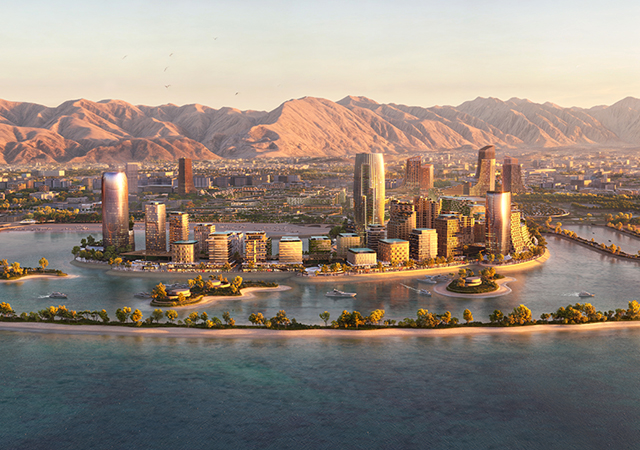
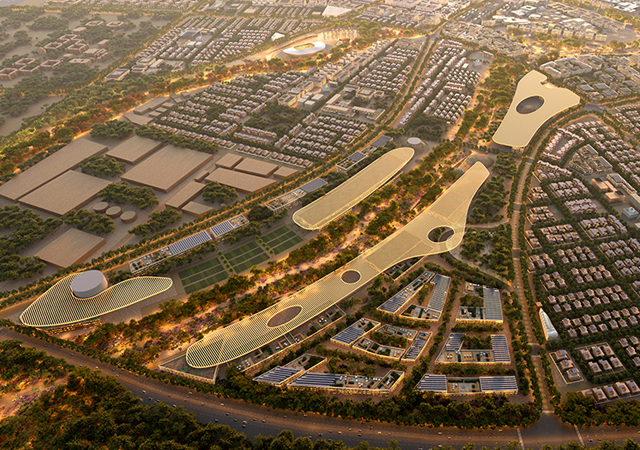
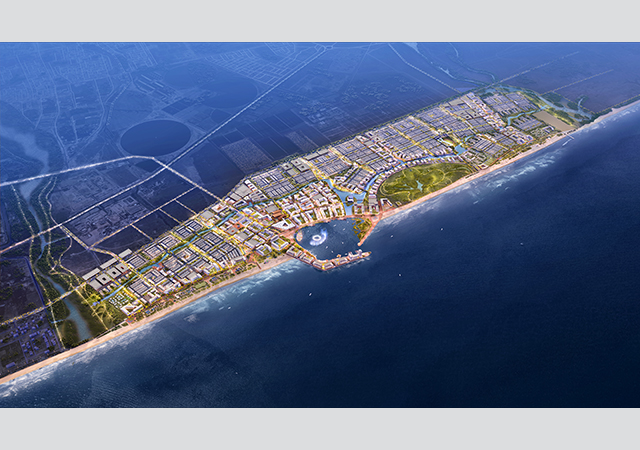
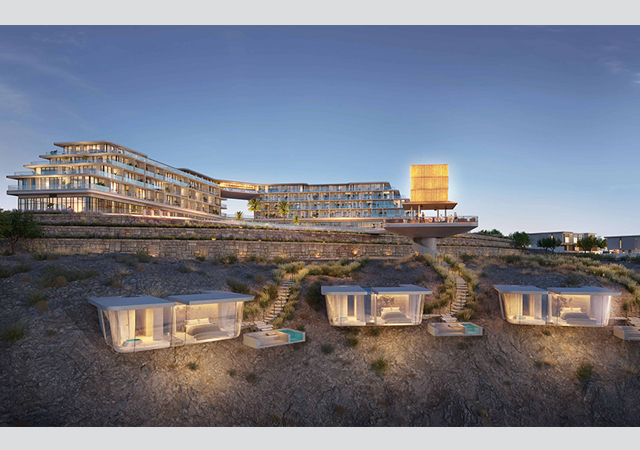
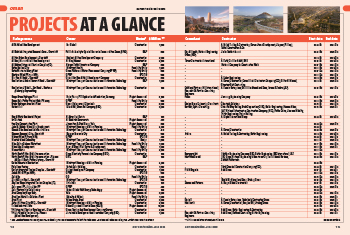
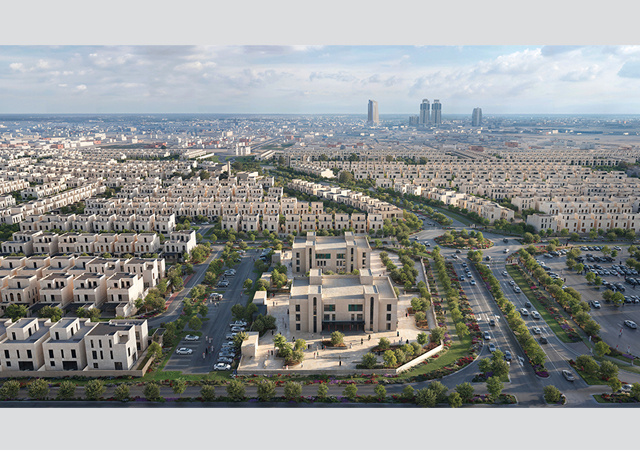
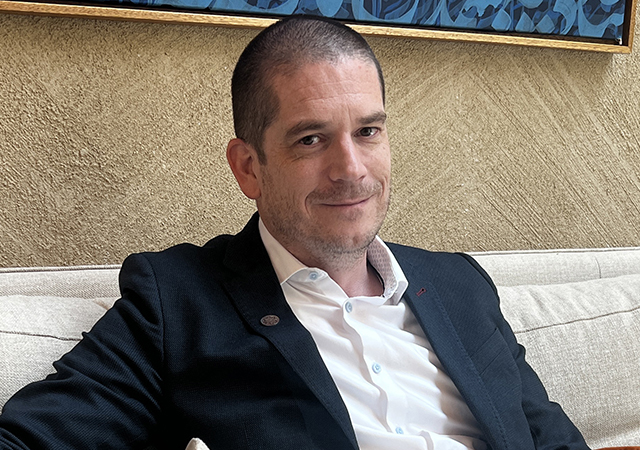

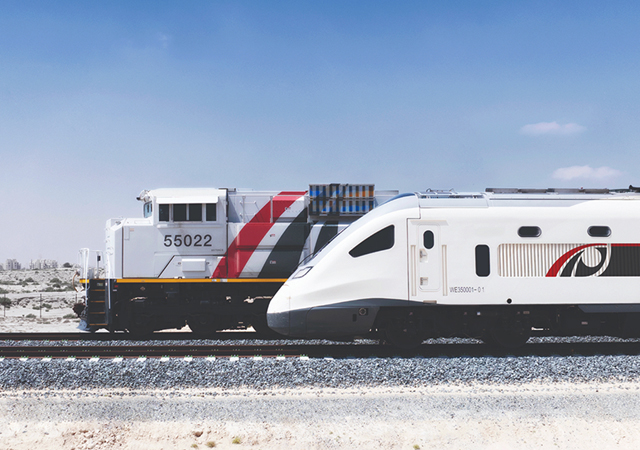
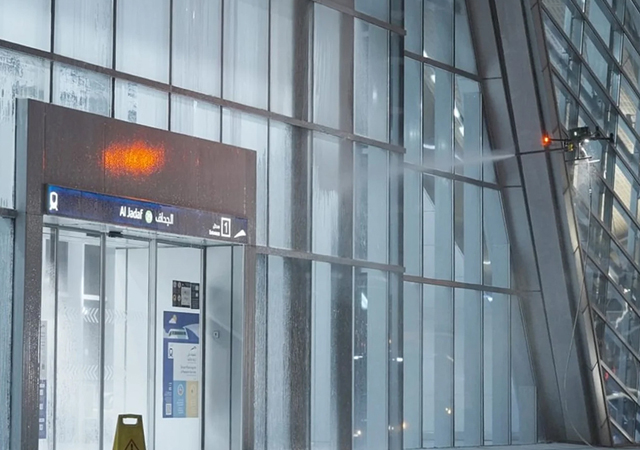
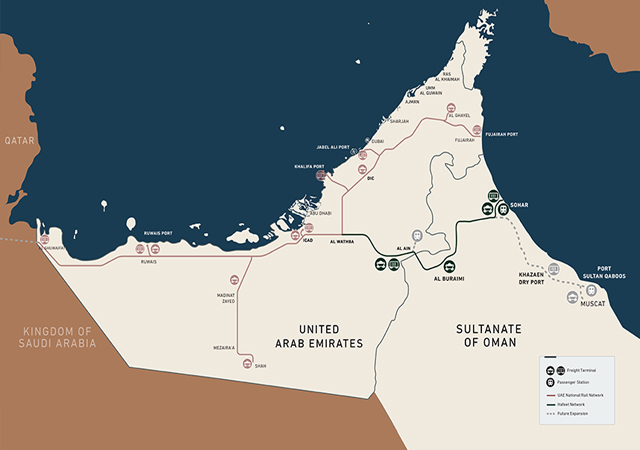
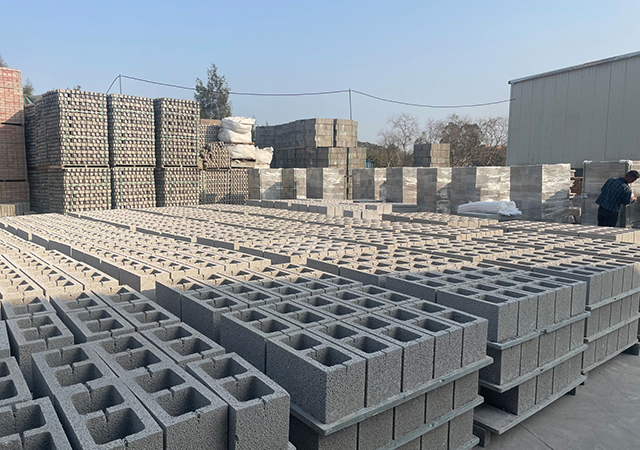
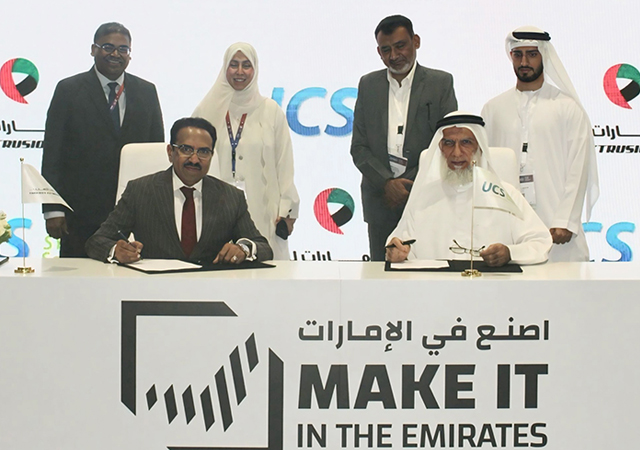
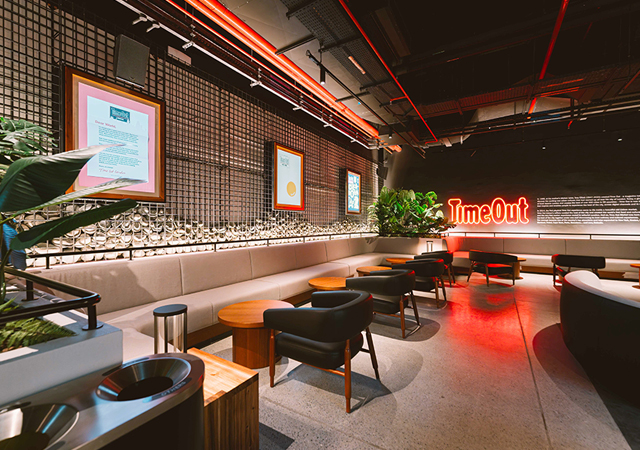
.jpg)
.jpg)
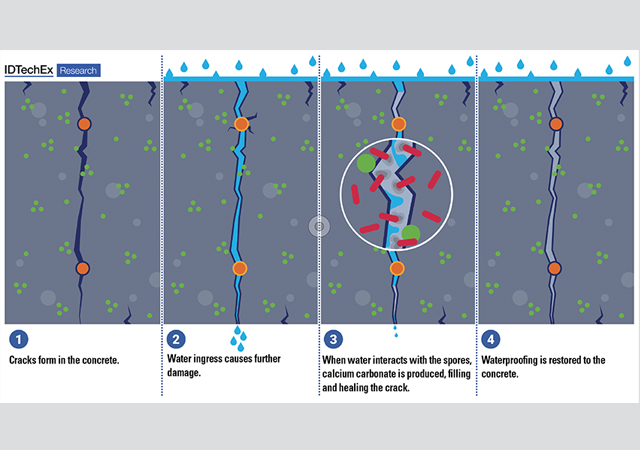
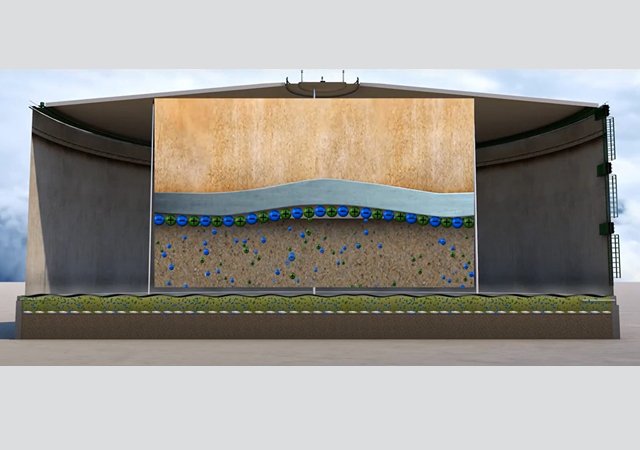
.jpg)
.jpg)
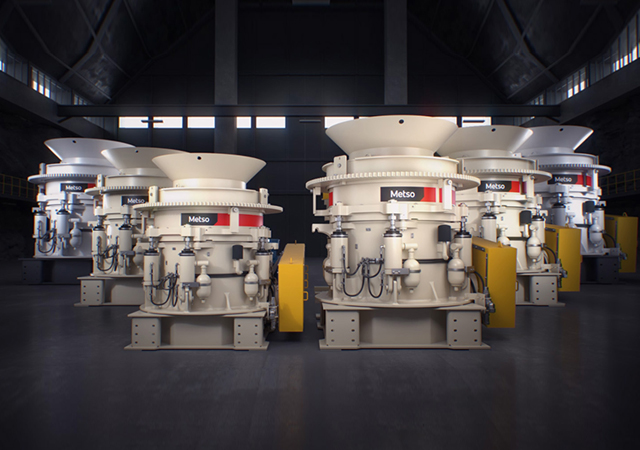
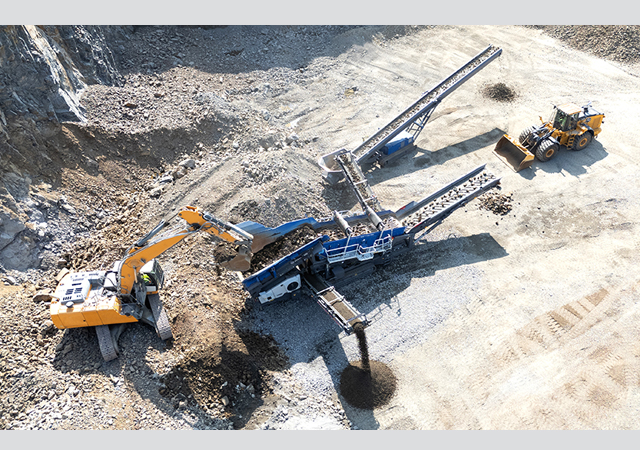
.jpg)
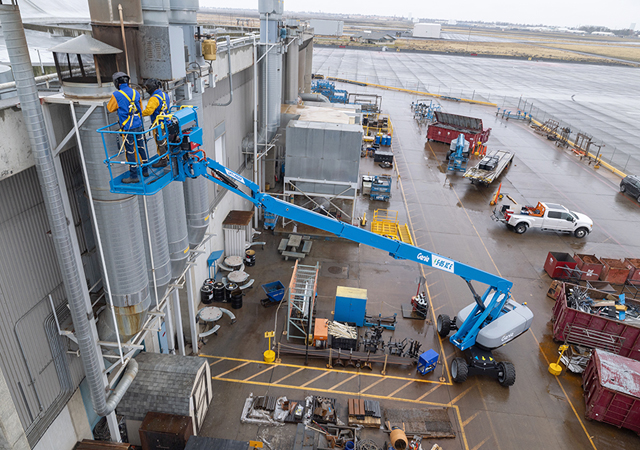
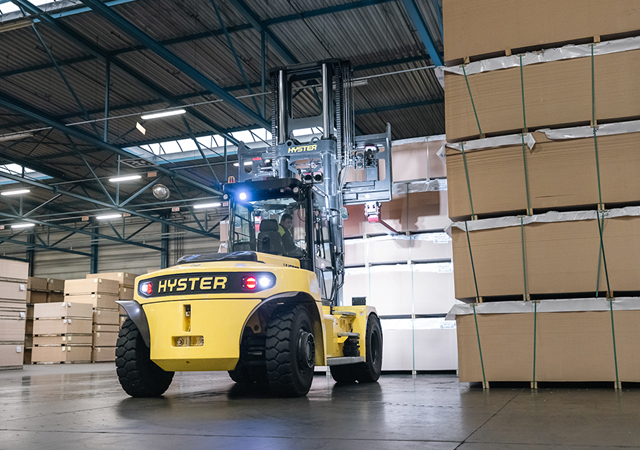
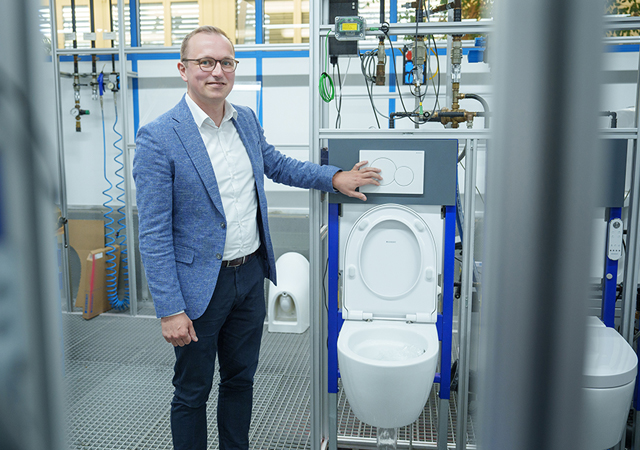

 Doka.jpg)
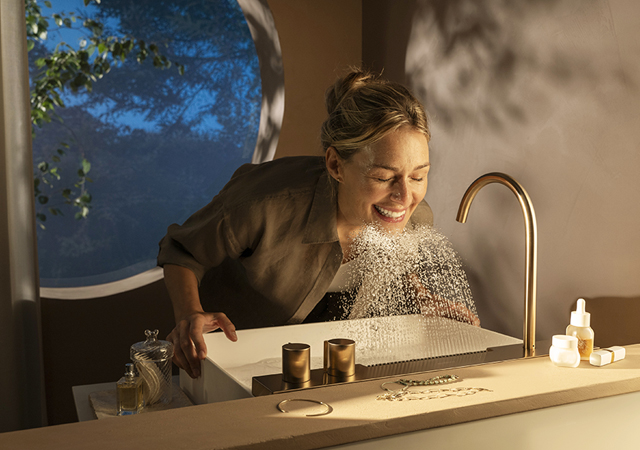

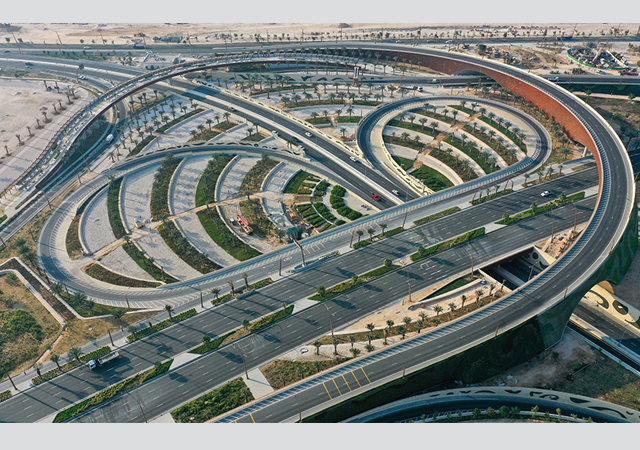
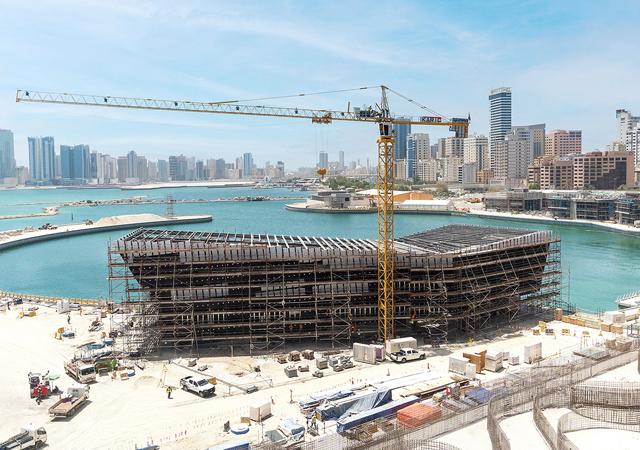
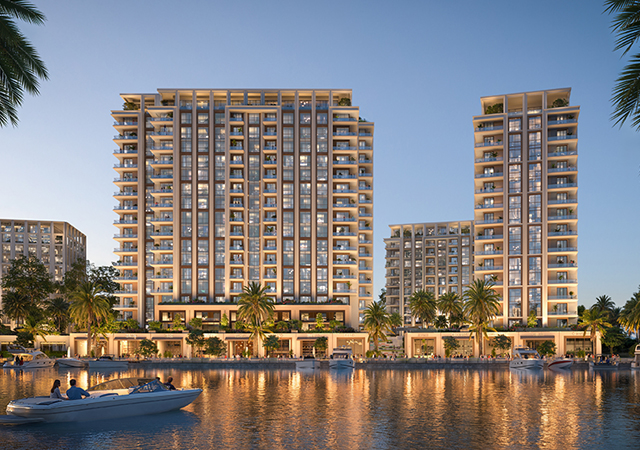
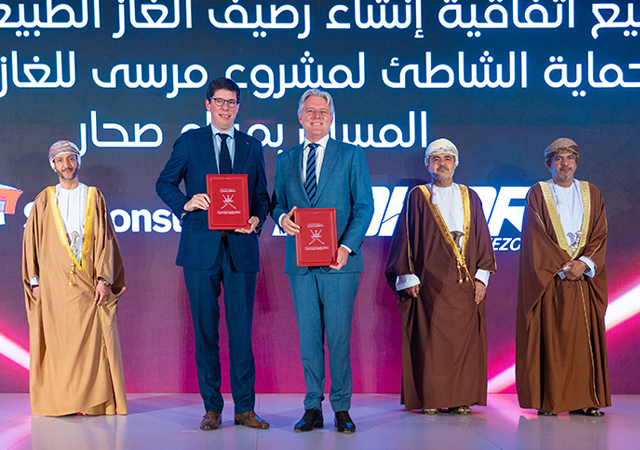
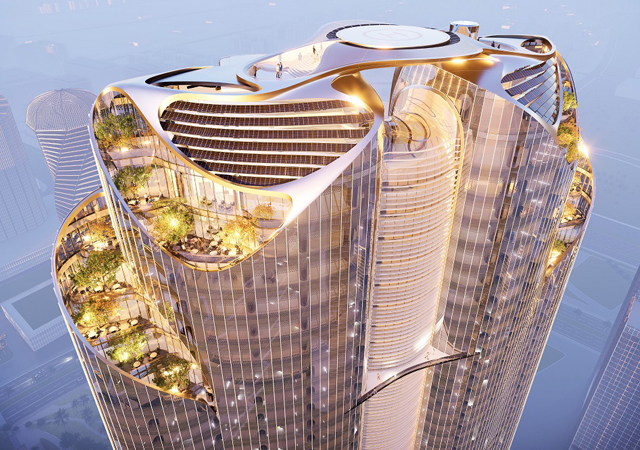
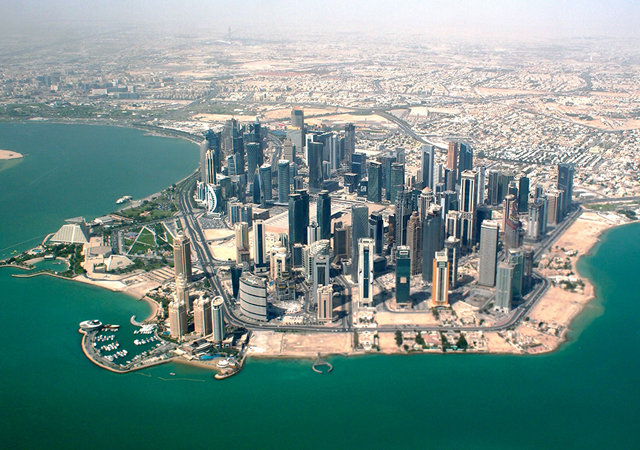

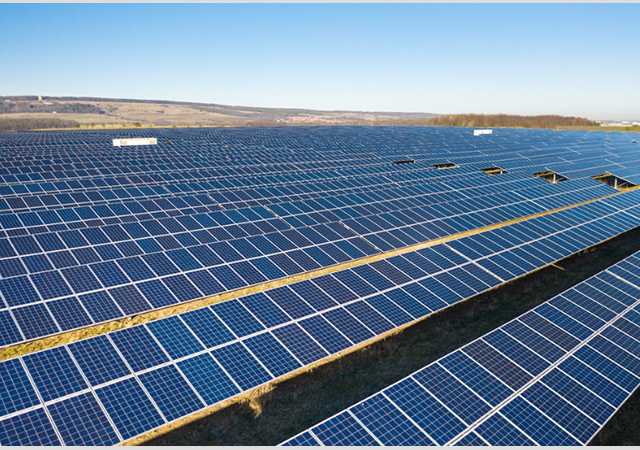
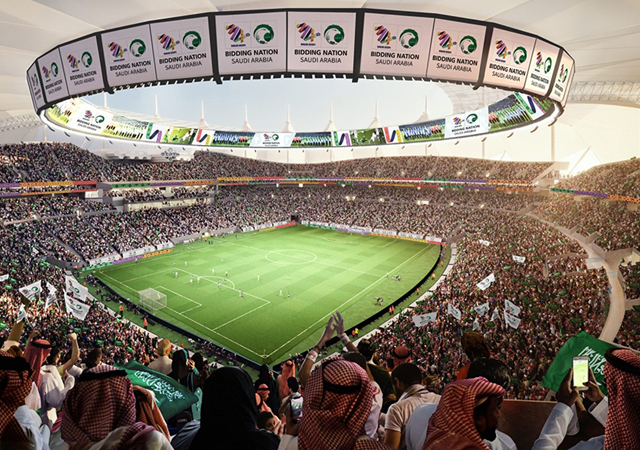
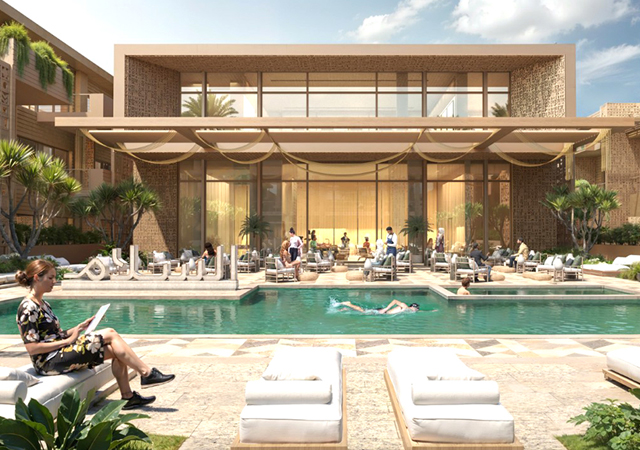
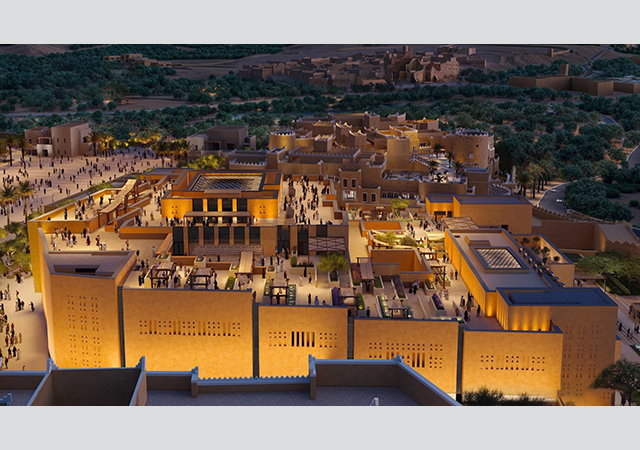
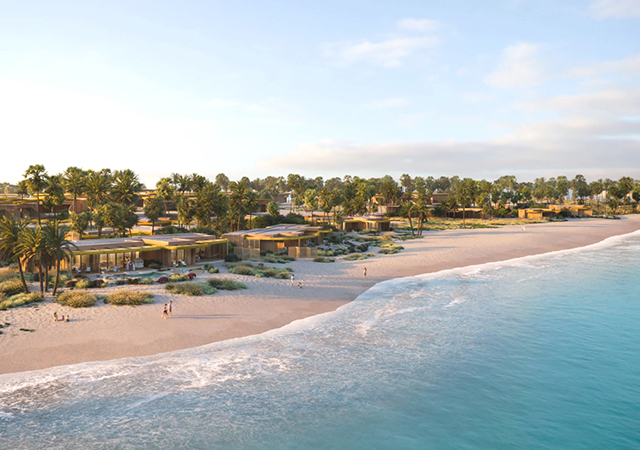

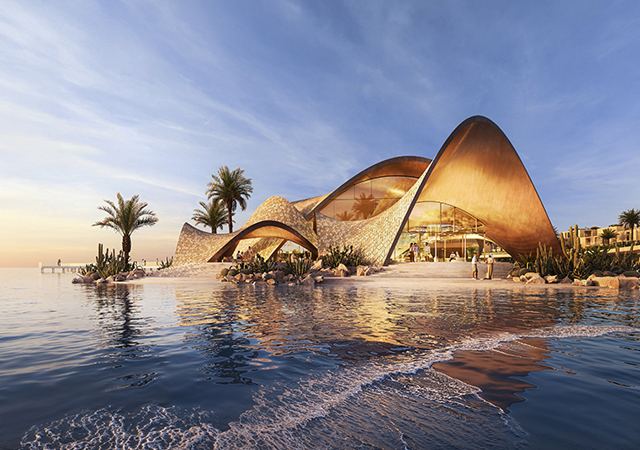
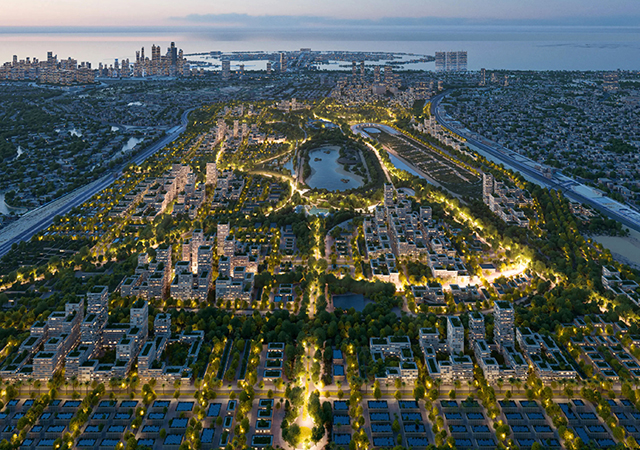
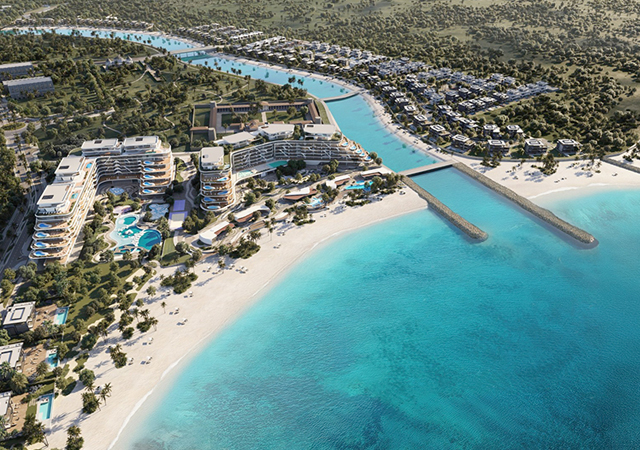
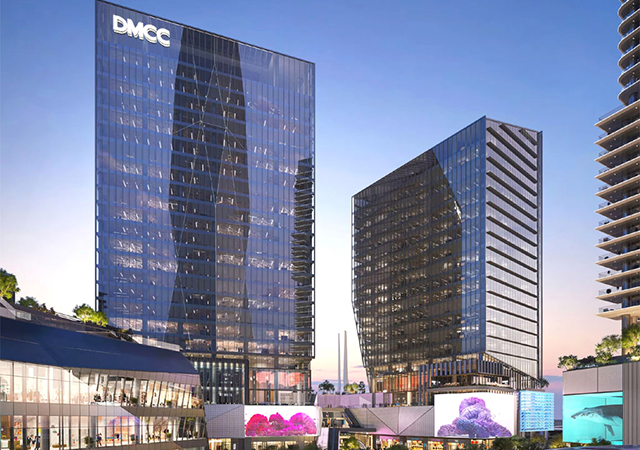
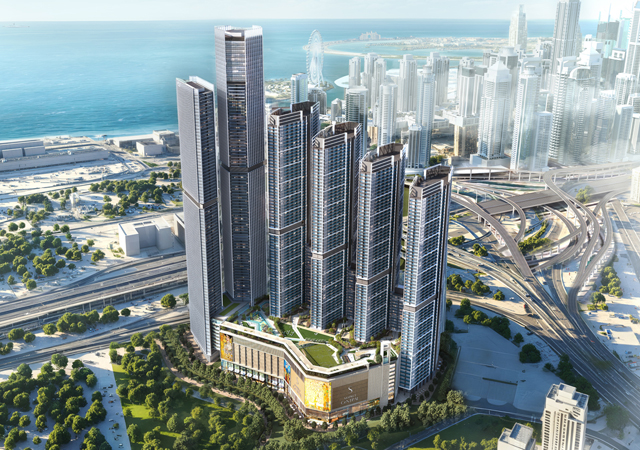
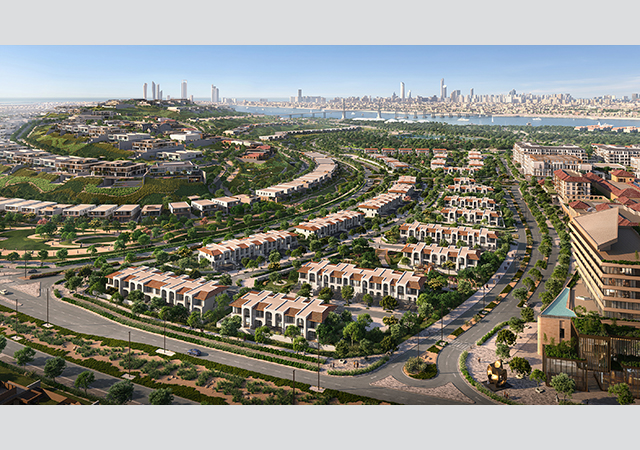
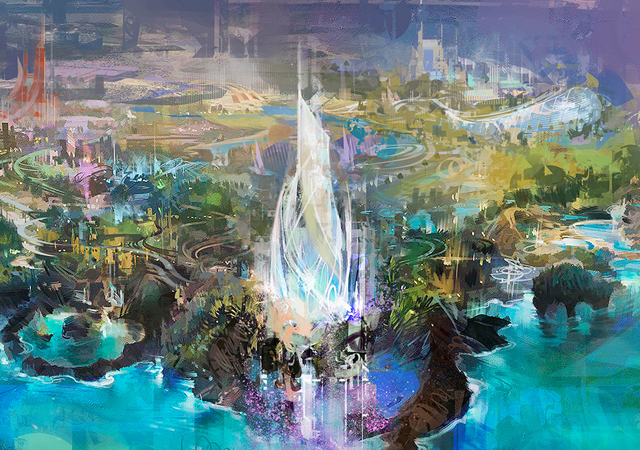
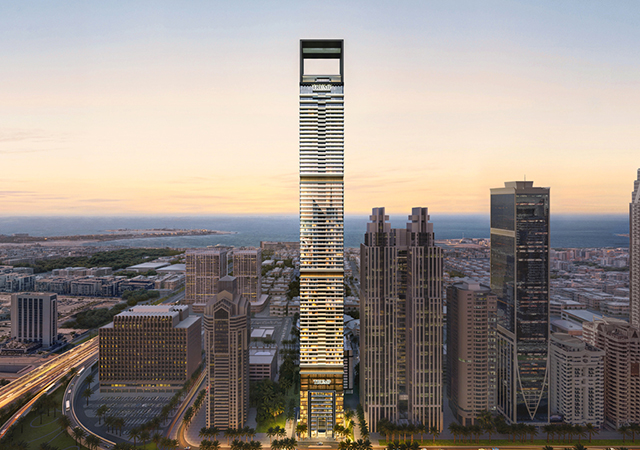

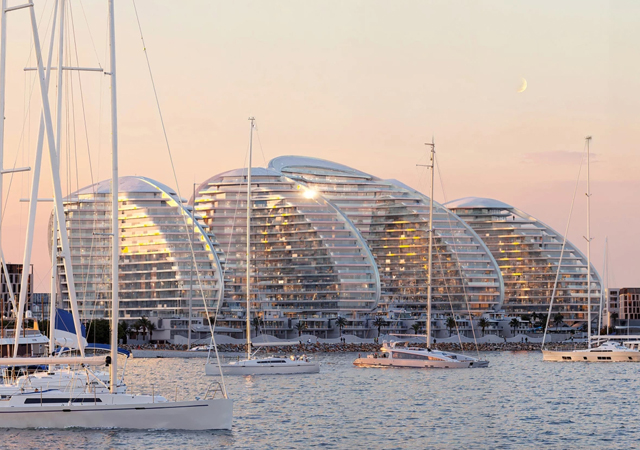







.jpg)





